My old mailbox posts were just untreated wood, and they were starting to rot out and splinter from exposure to weather. Planning to replace them, I wanted to make them from something that would last longer than wood, so I tried my hand at casting concrete. Because I'm crazy, I wanted to see if I could make them a traditional 4x4 post style mailbox, making the entire project a little more interesting. It also makes these mailbox posts blend in nicely with the others on the street.
Concrete Mailbox Posts
Making a concrete mailbox posts, and learning about concrete at the same time
 Scott G
Scott G

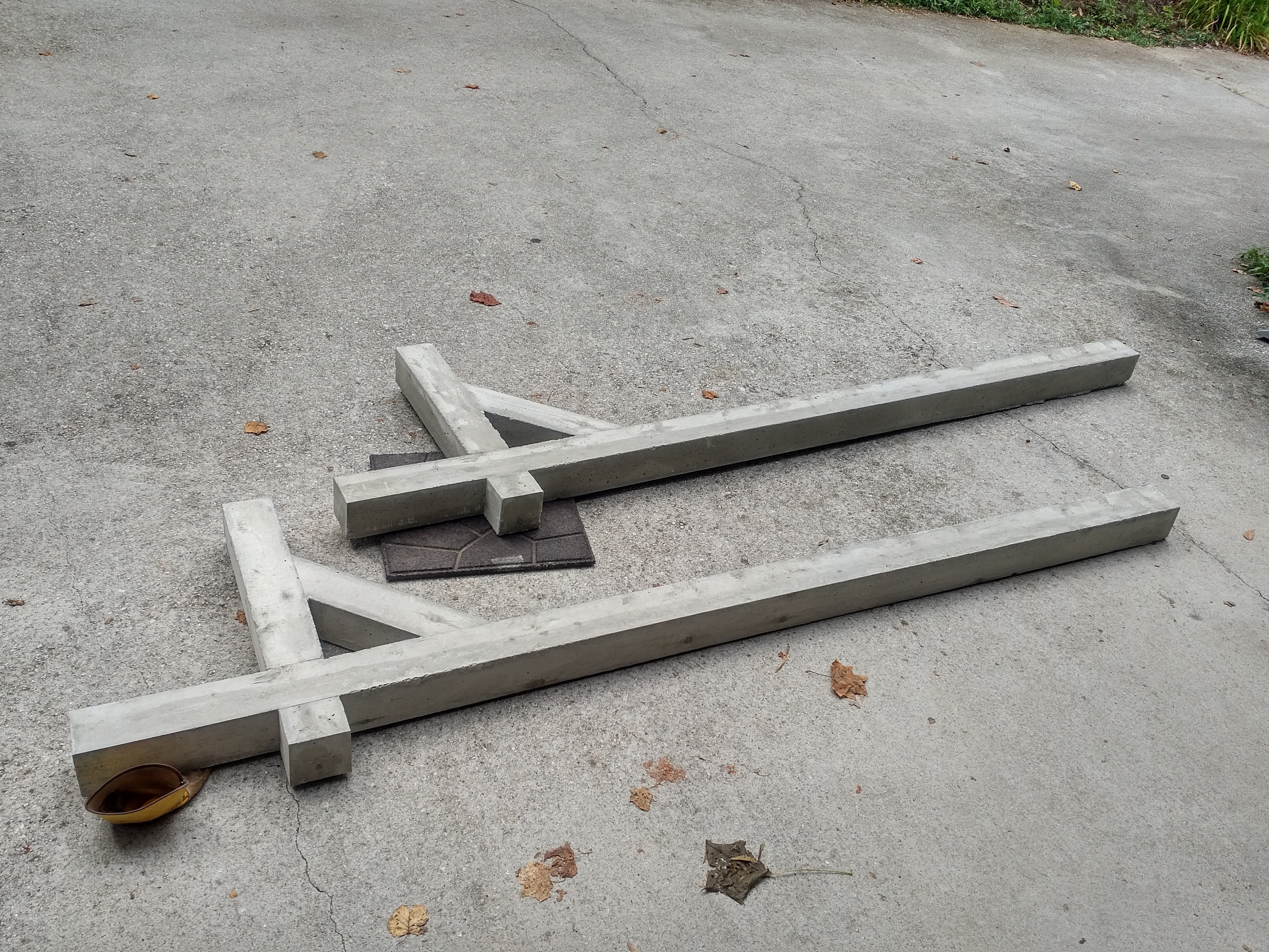
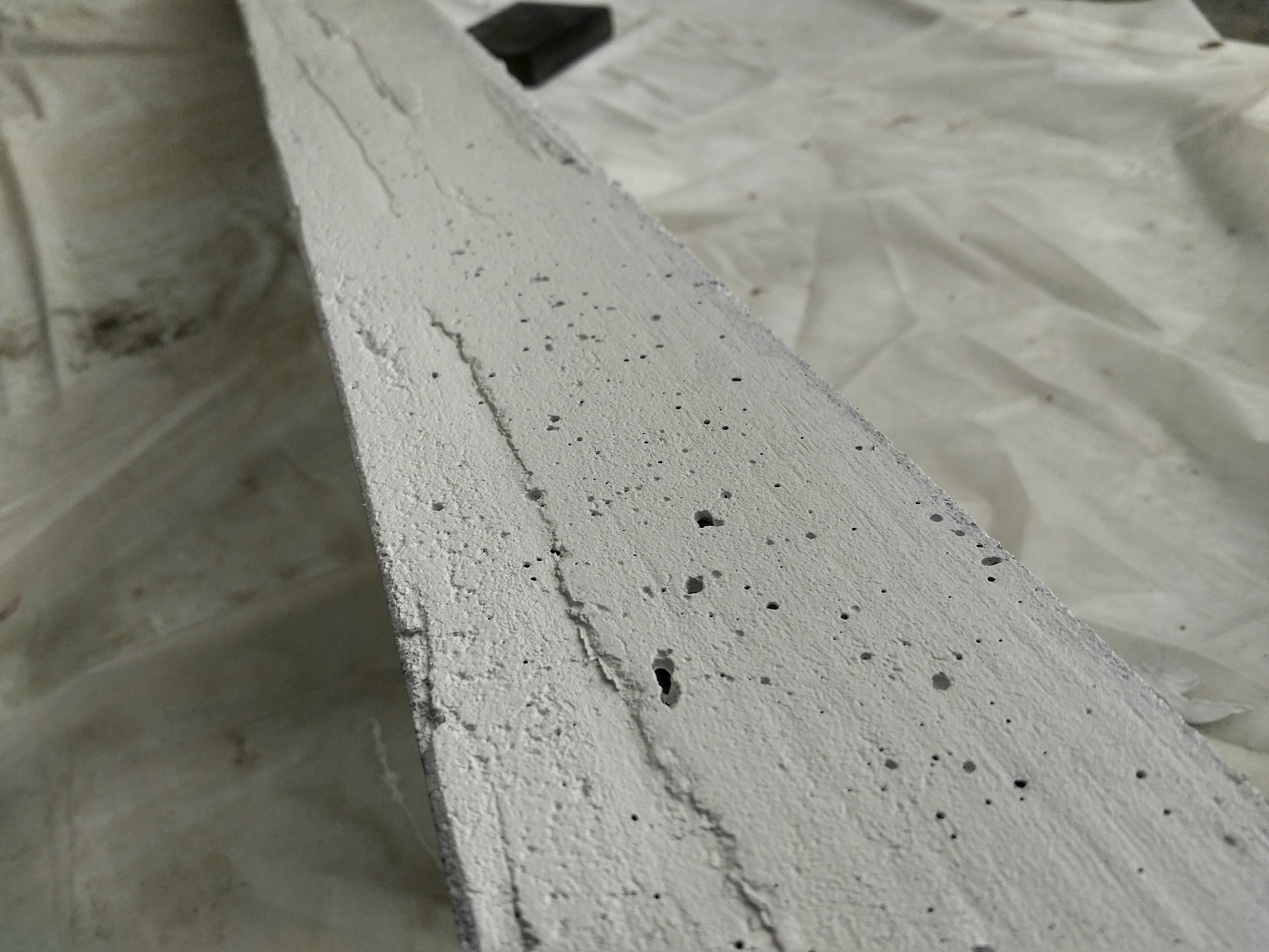
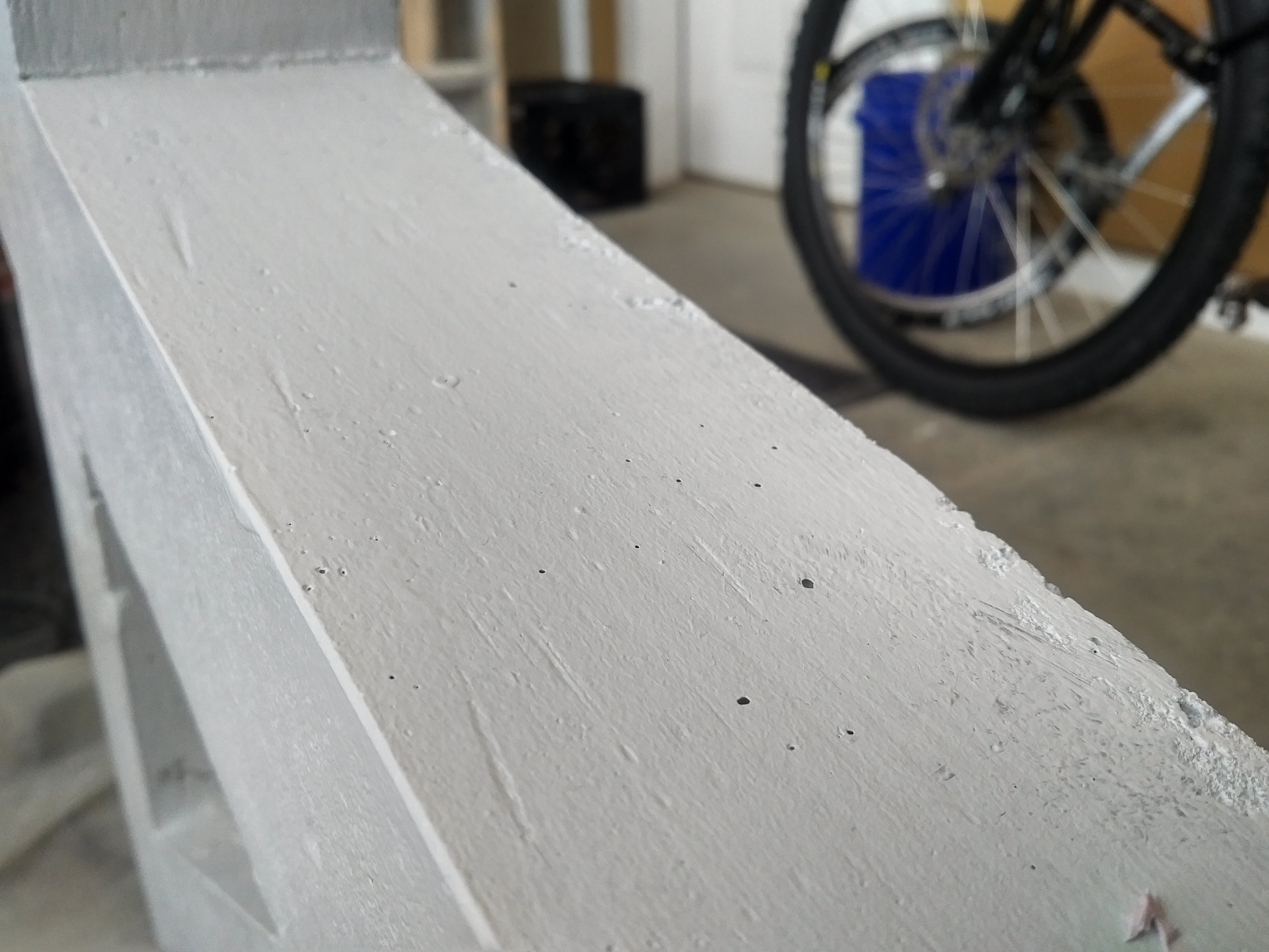

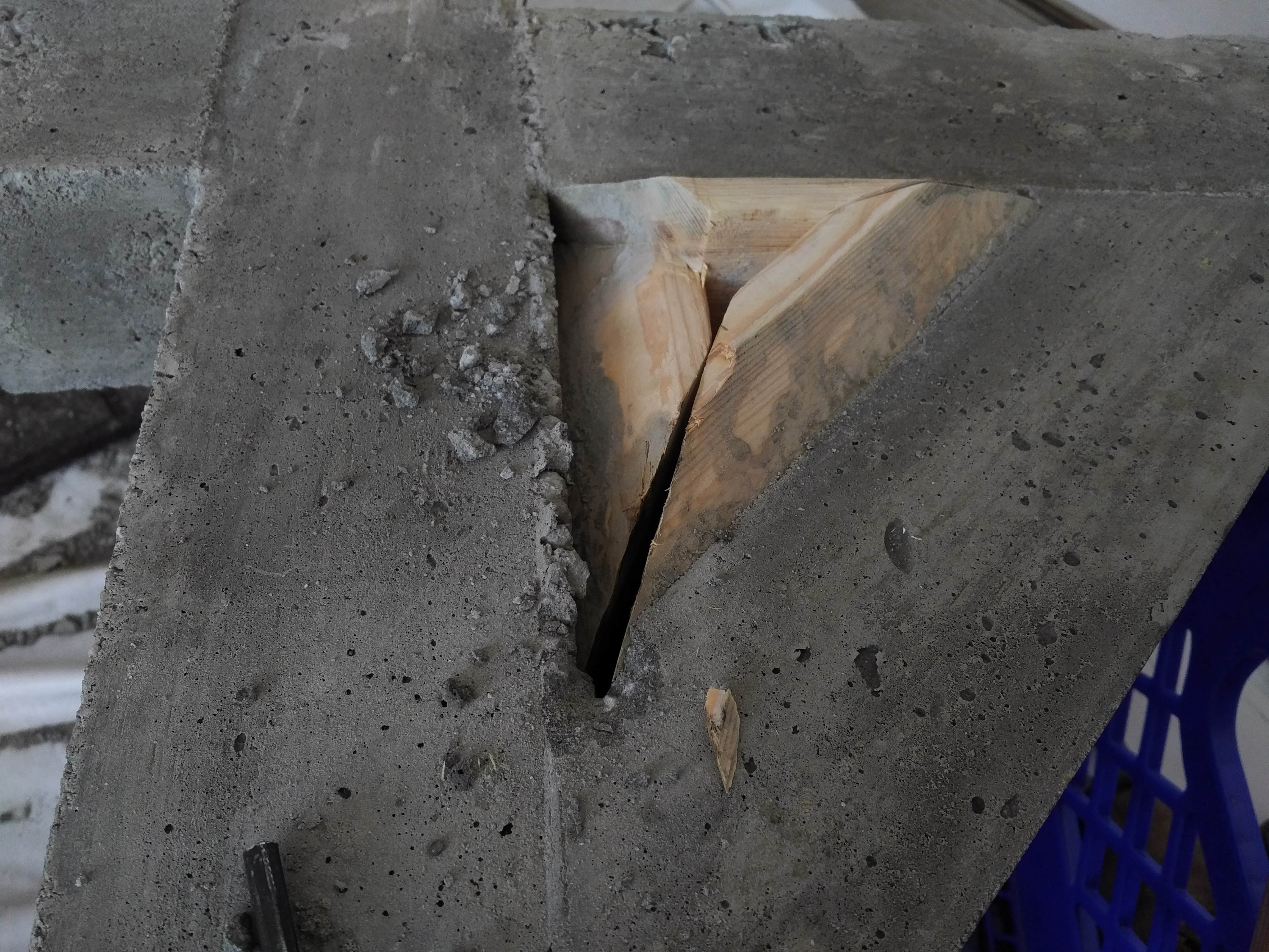

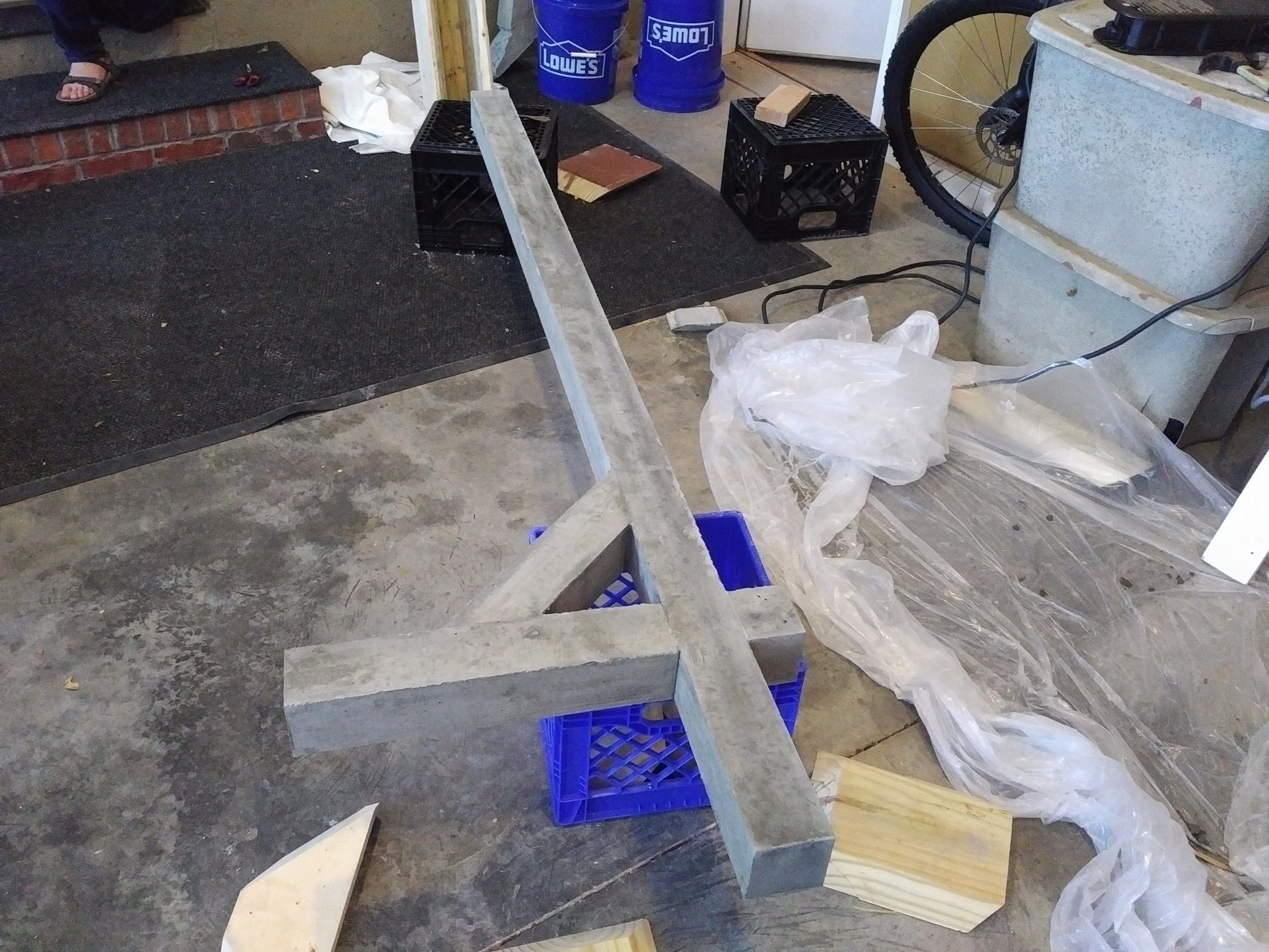
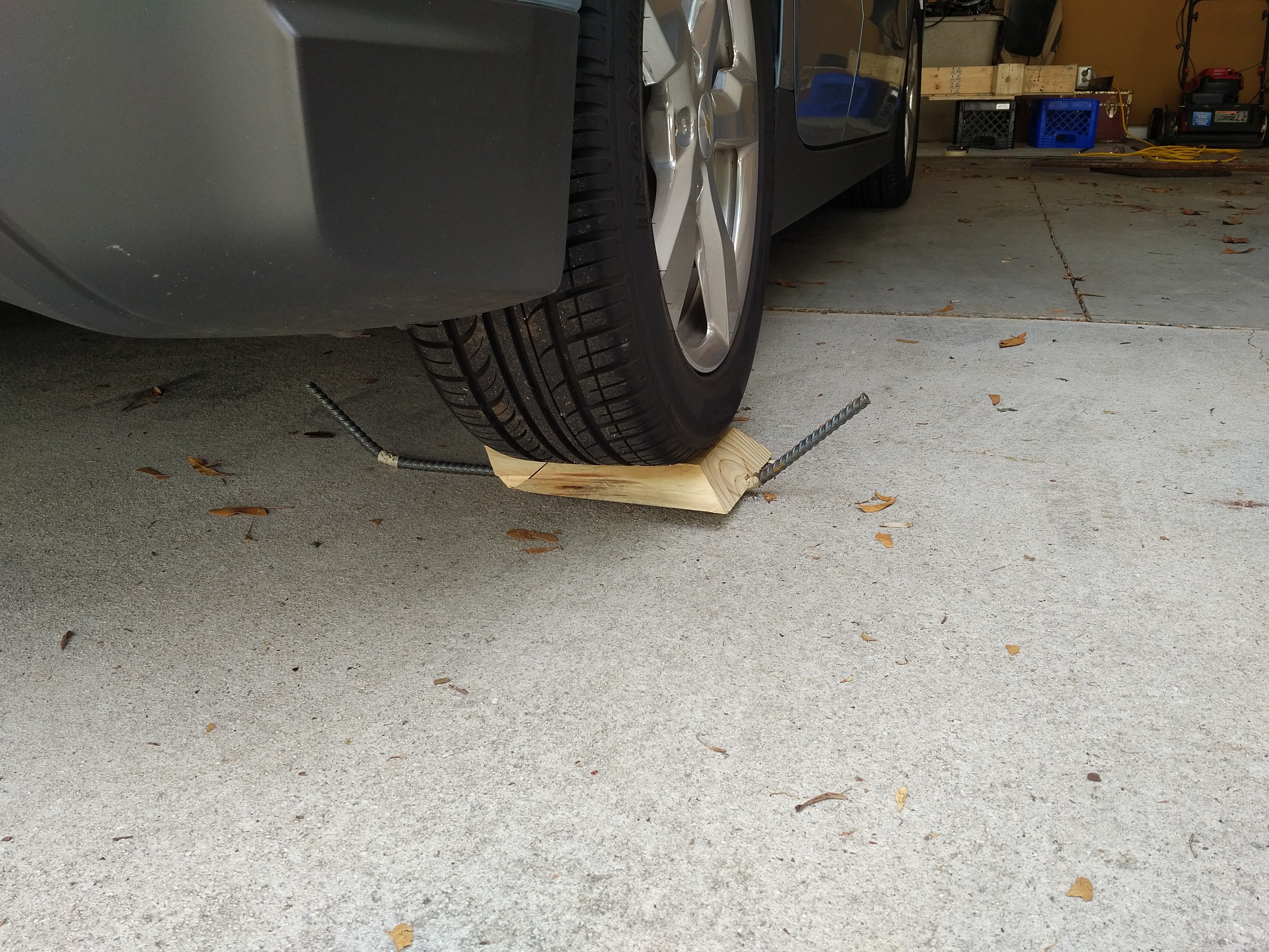
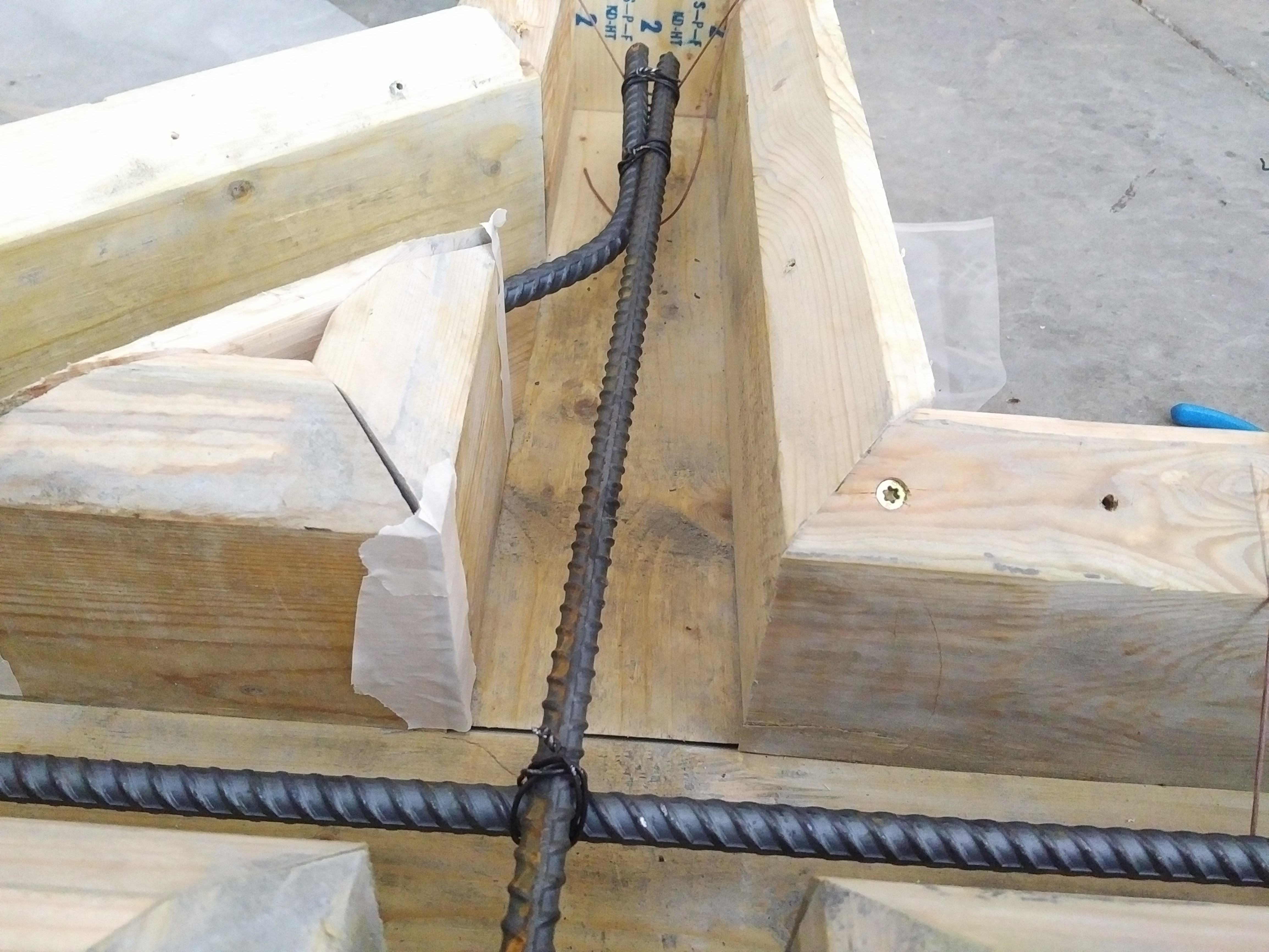



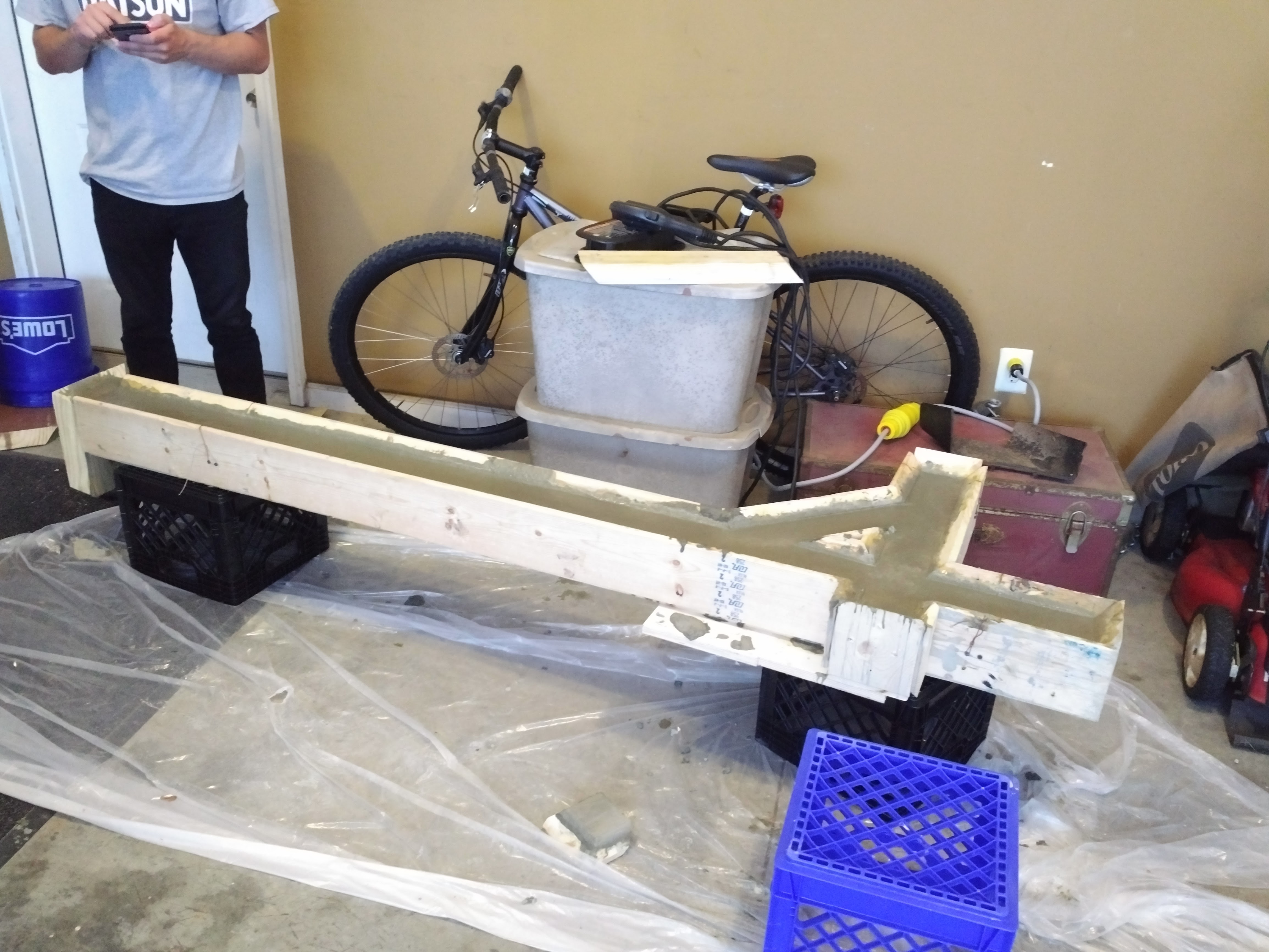
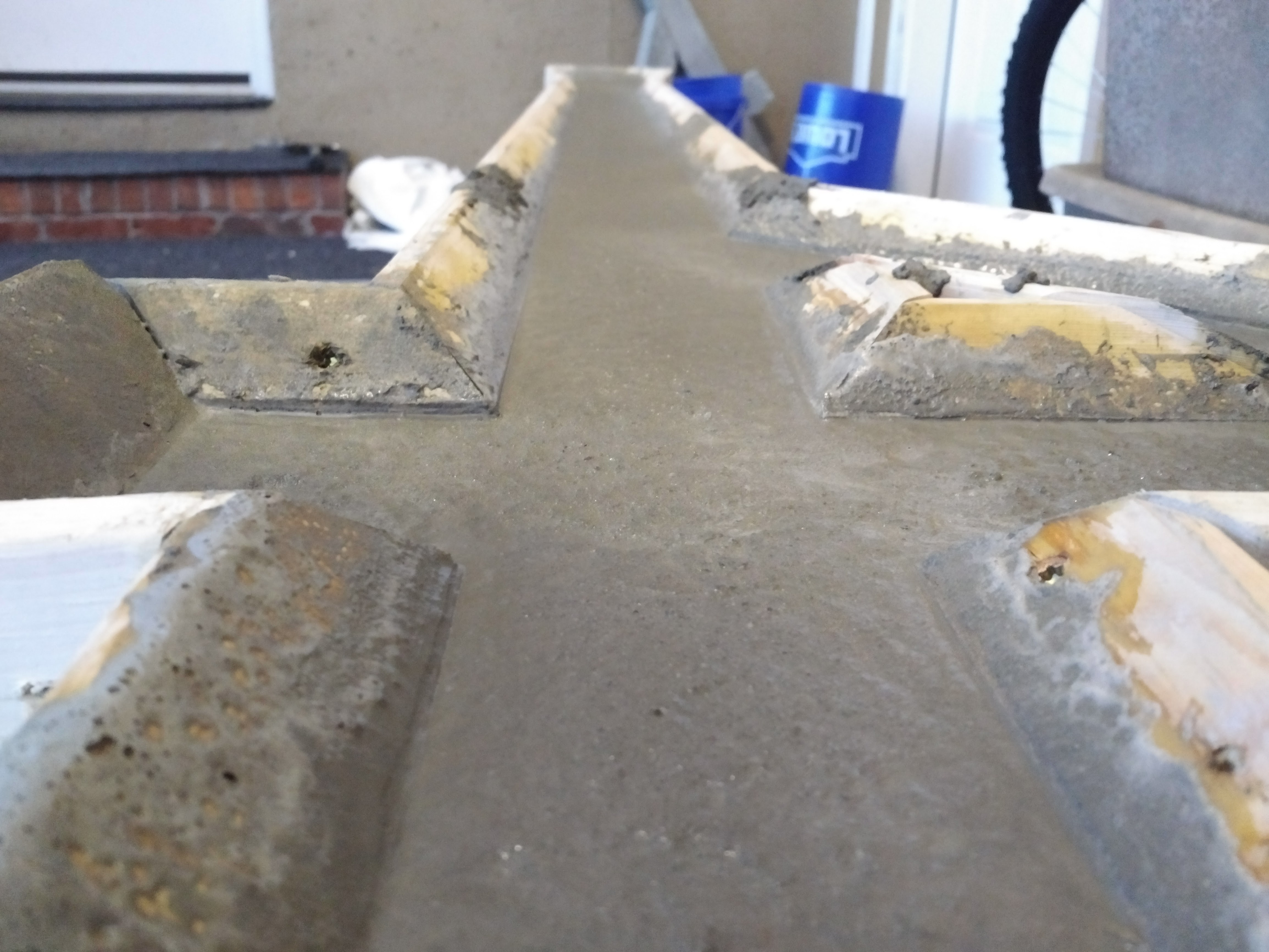
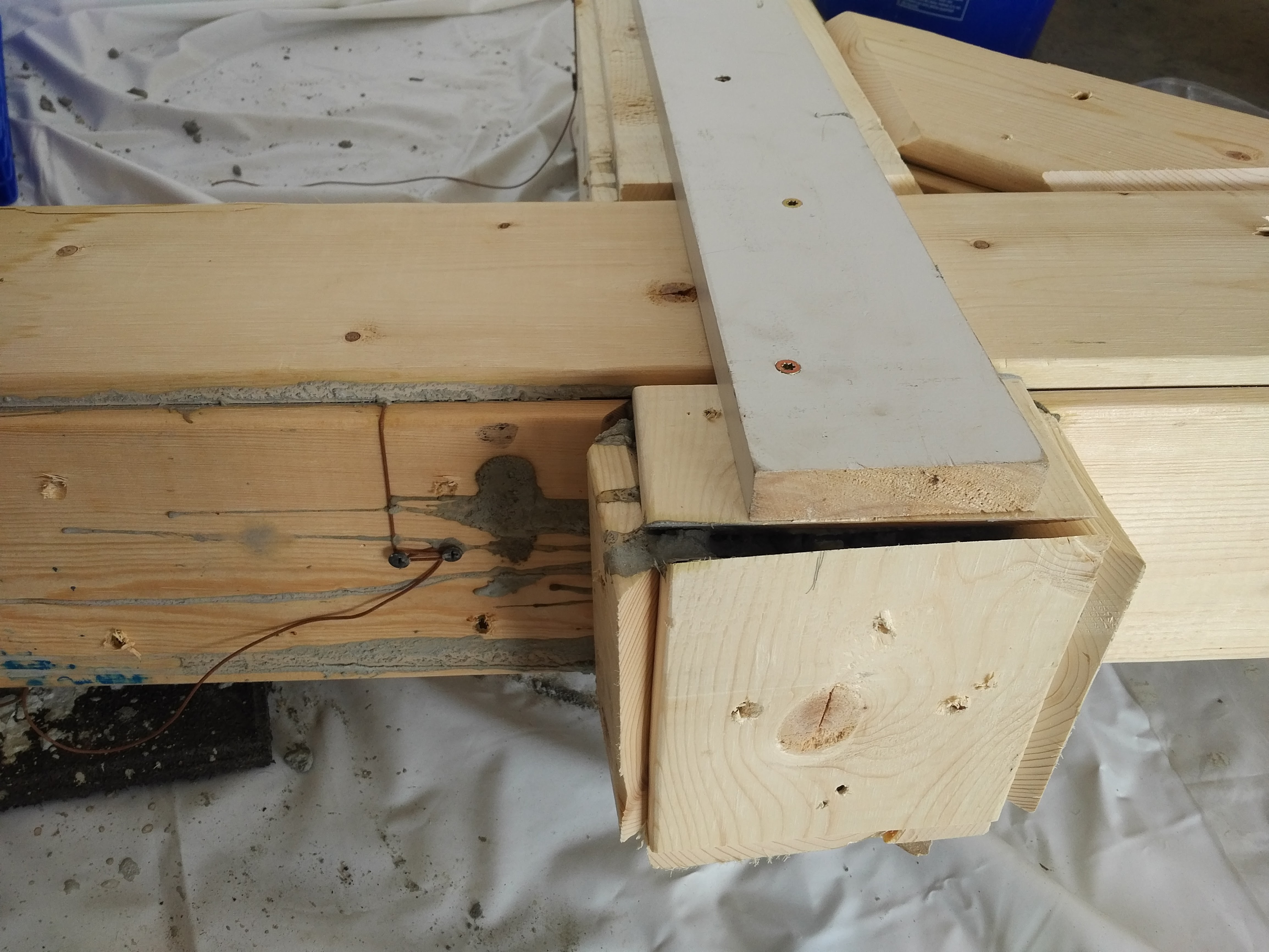
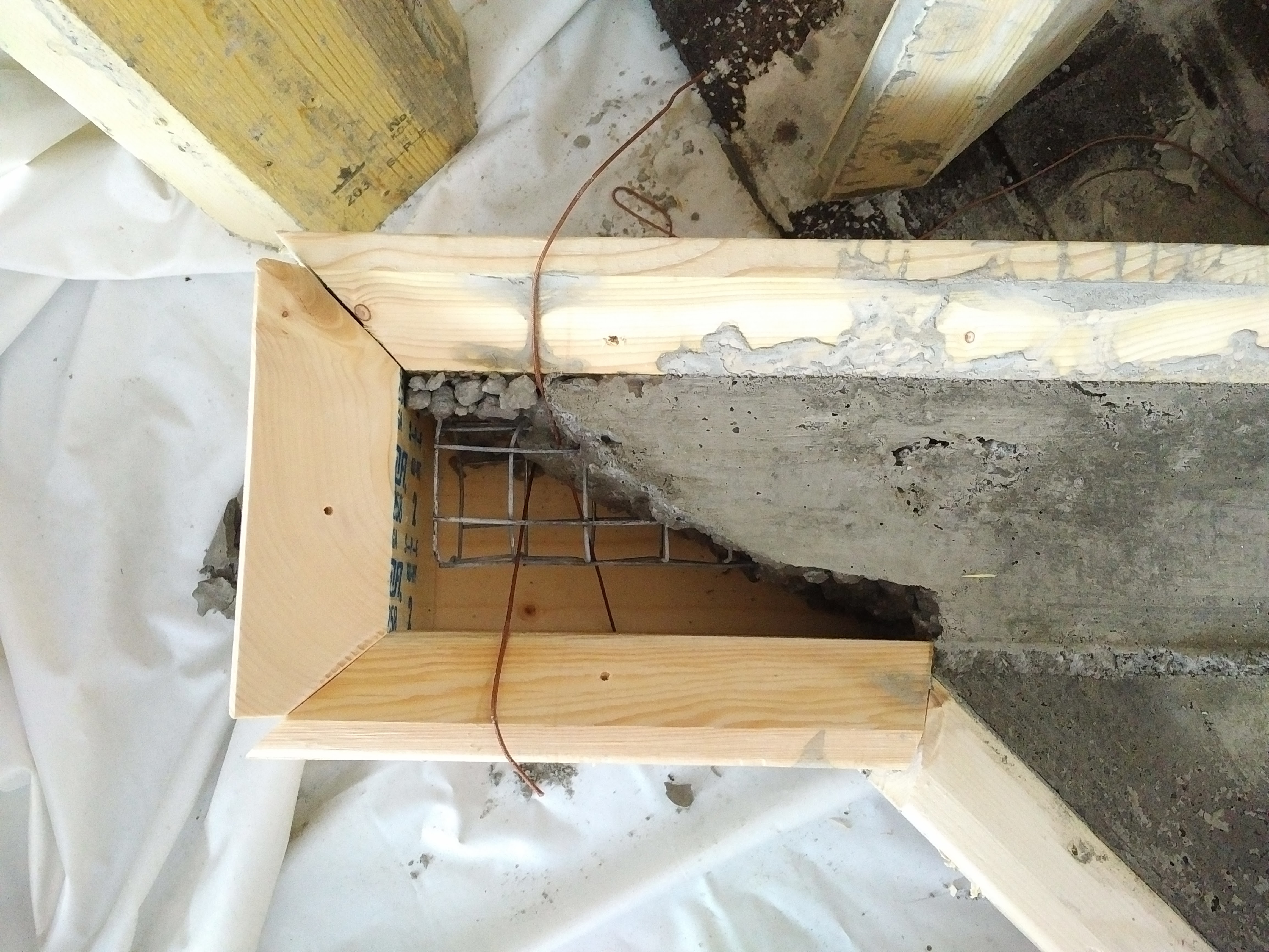

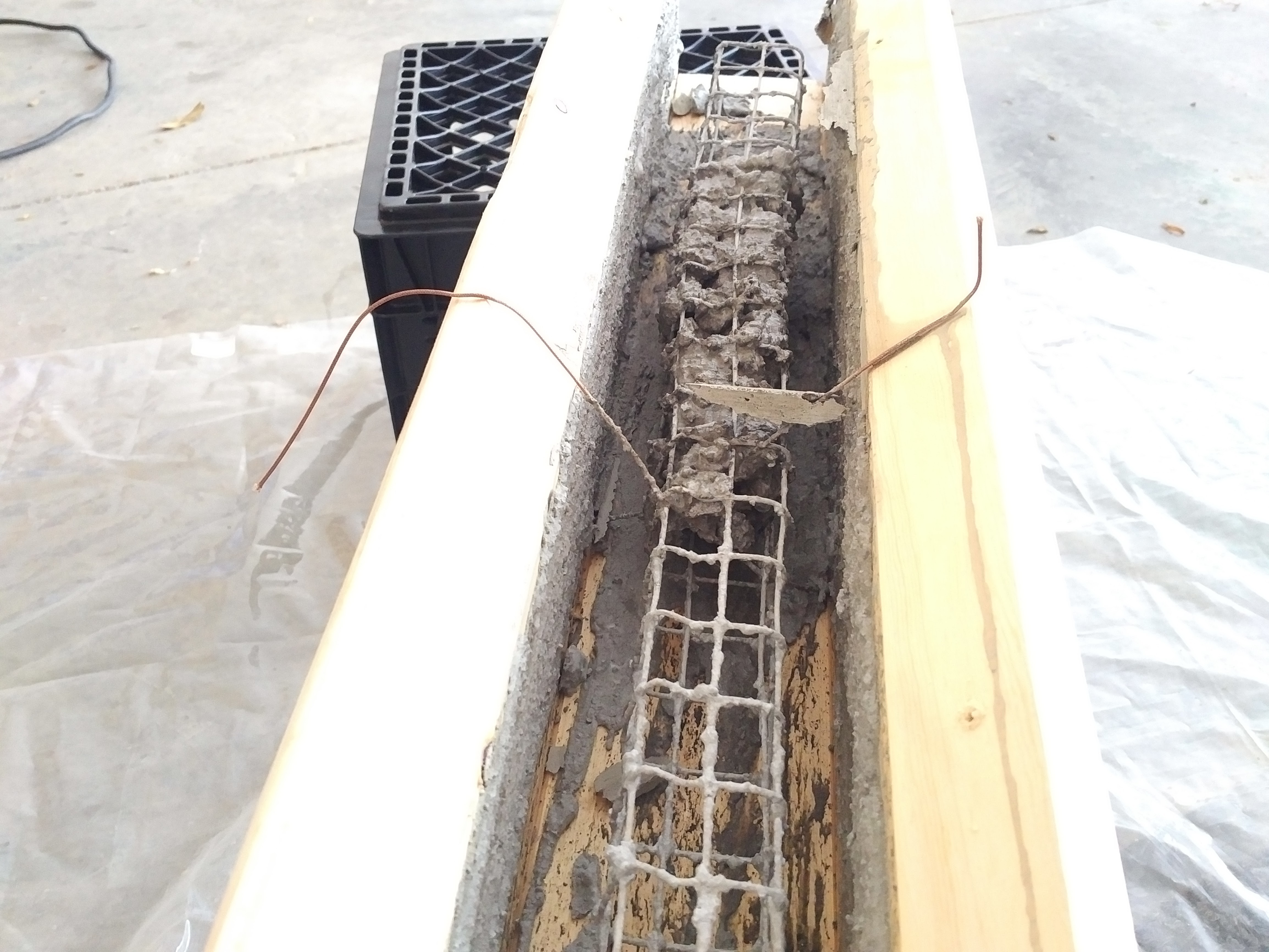
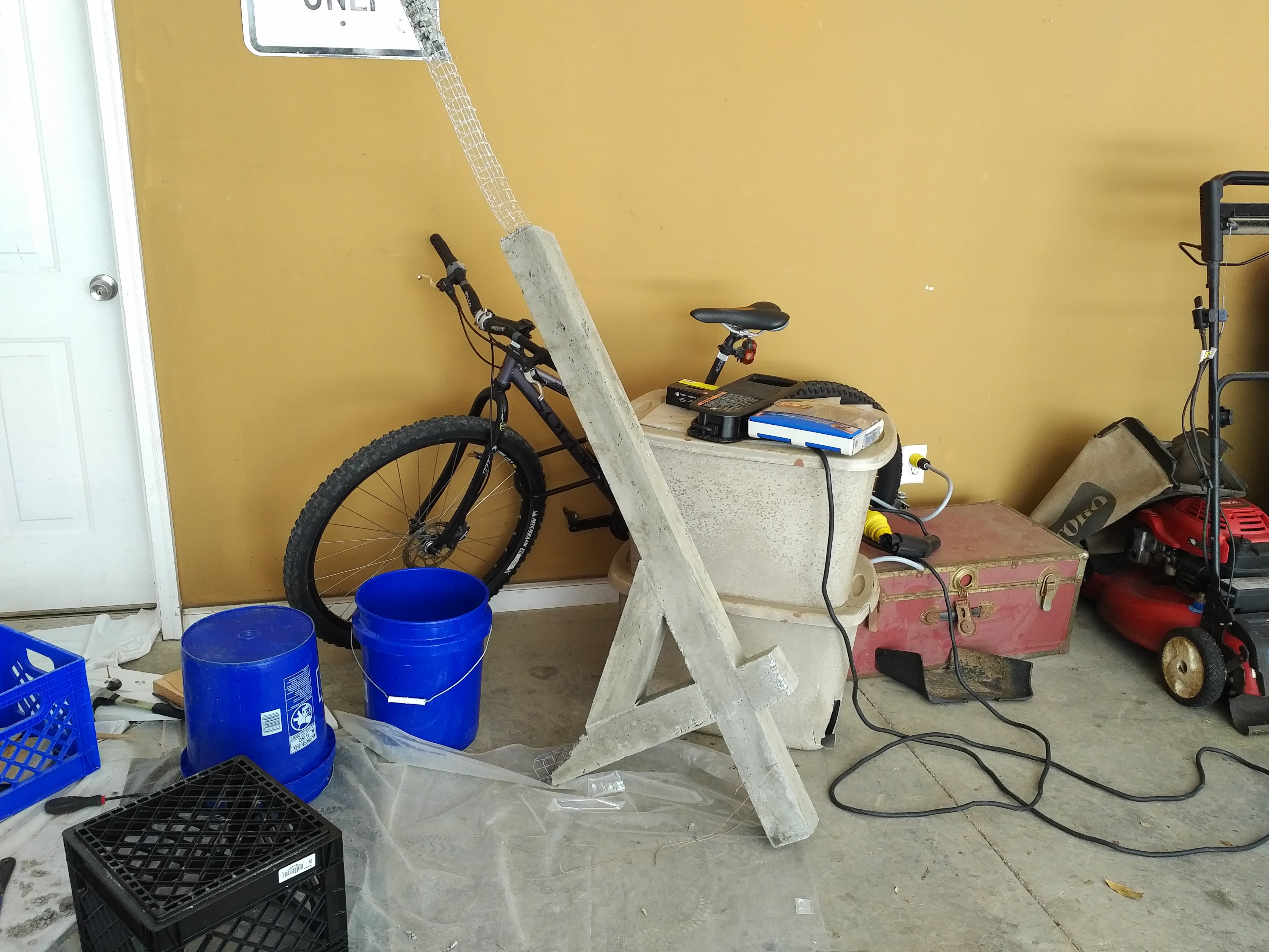

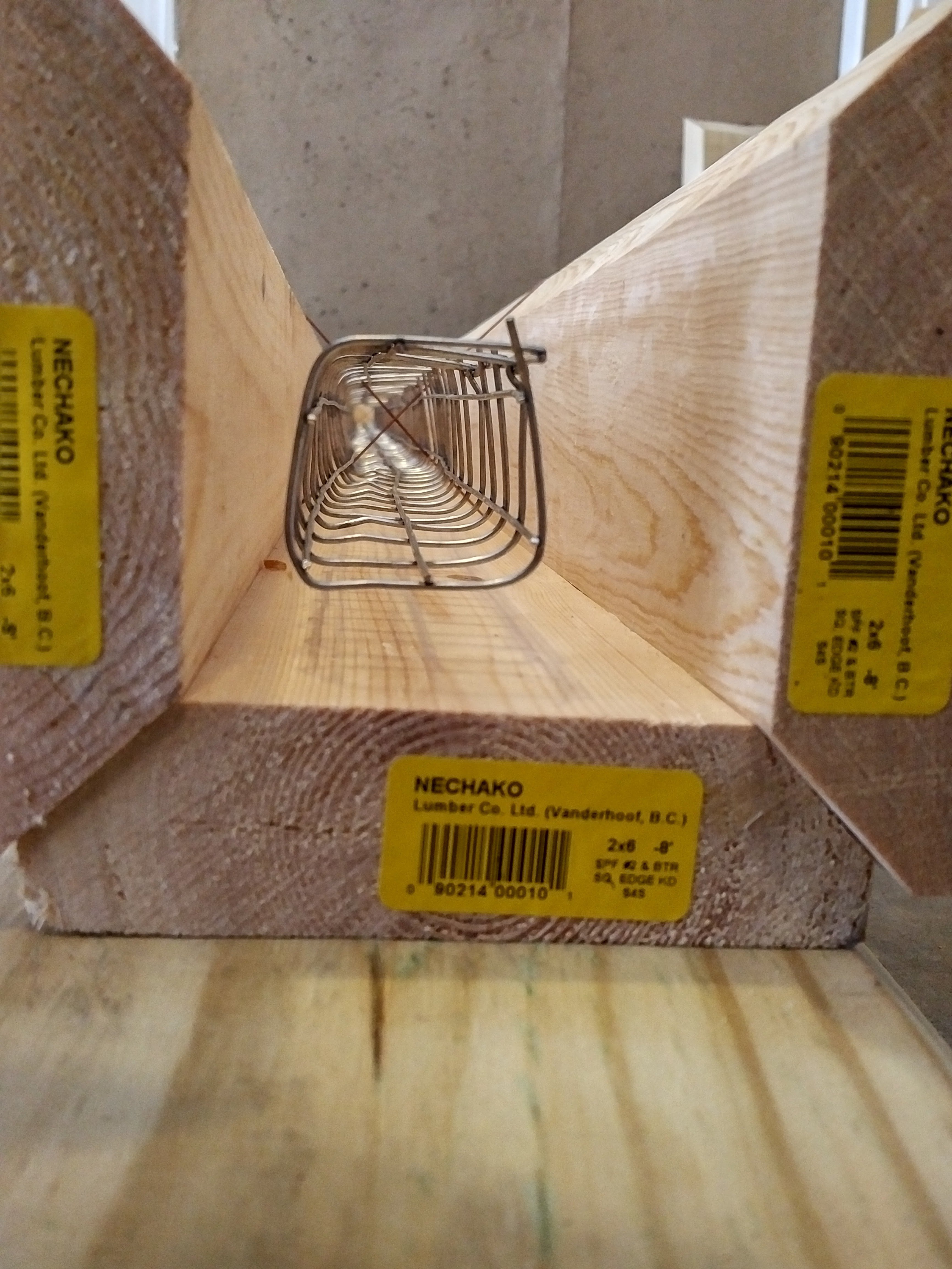
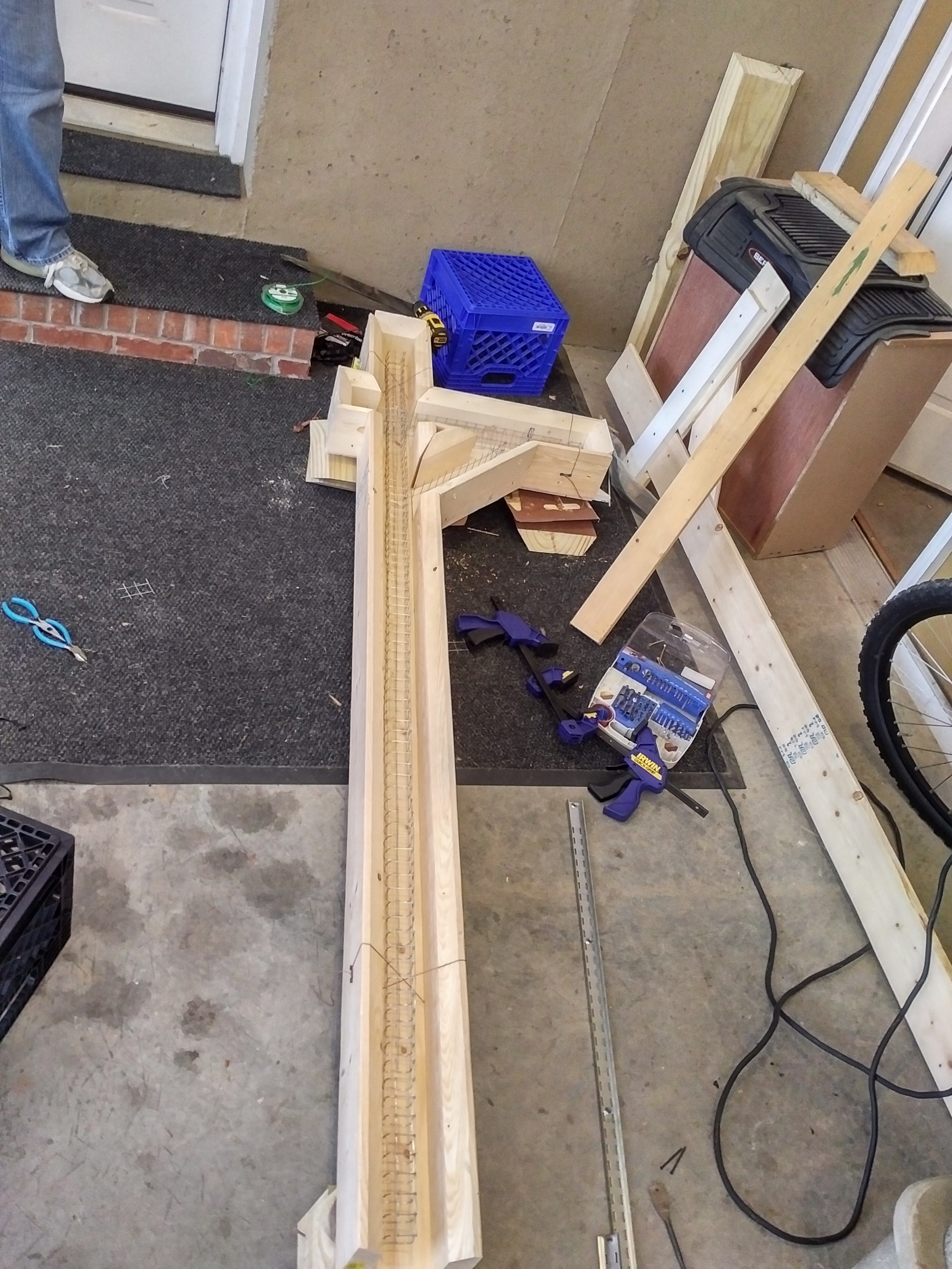
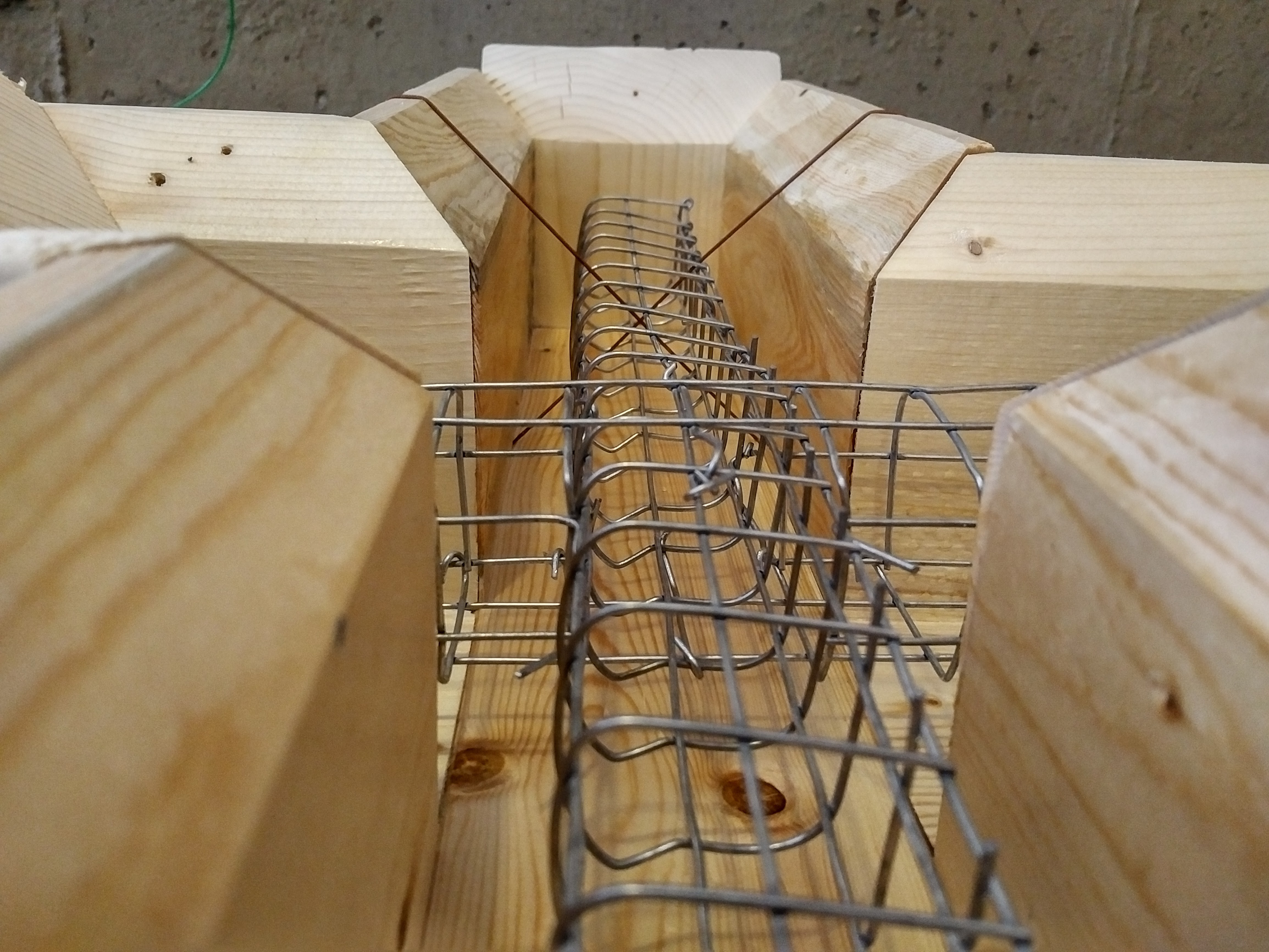



 Kate Reed
Kate Reed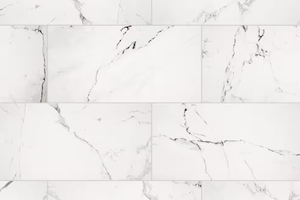
 WJCarpenter
WJCarpenter
 Daren Schwenke
Daren Schwenke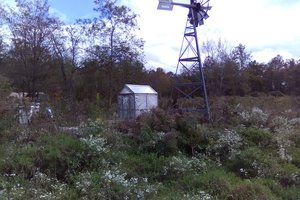
 matthewkleinmann
matthewkleinmann
Nice! I will be making one of these soon. "Termites be damned", I live in SW Florida, termite paradise. LOL